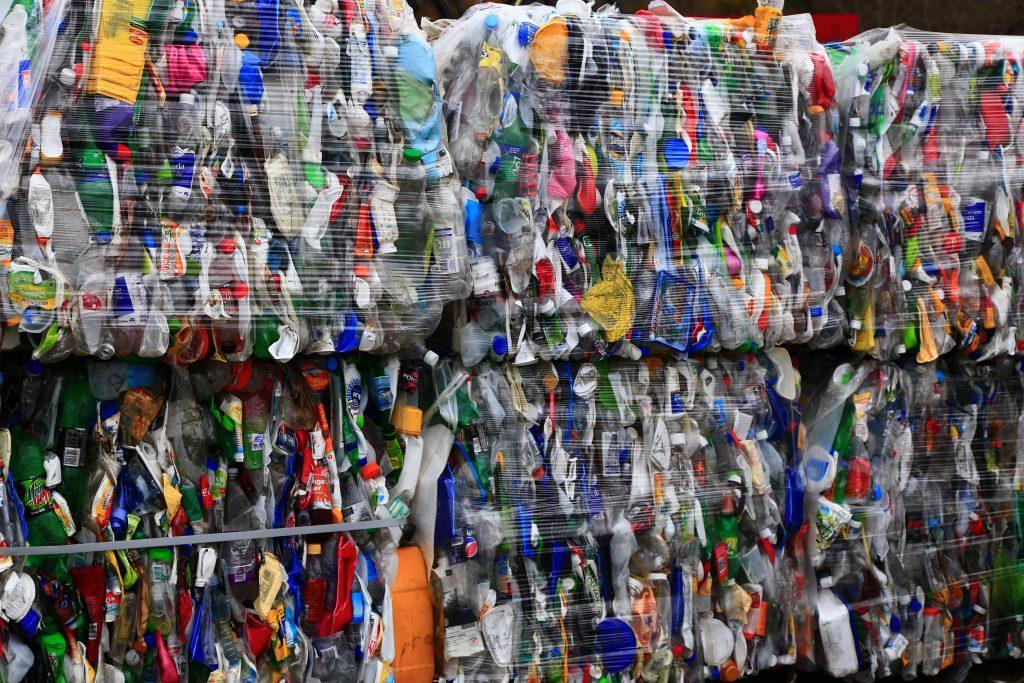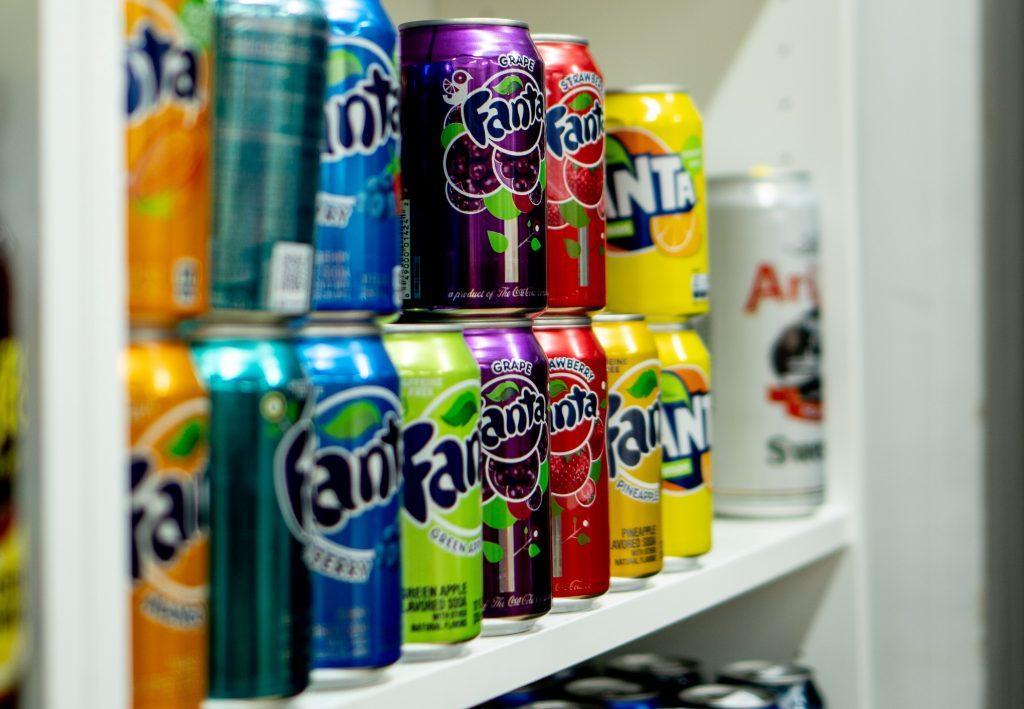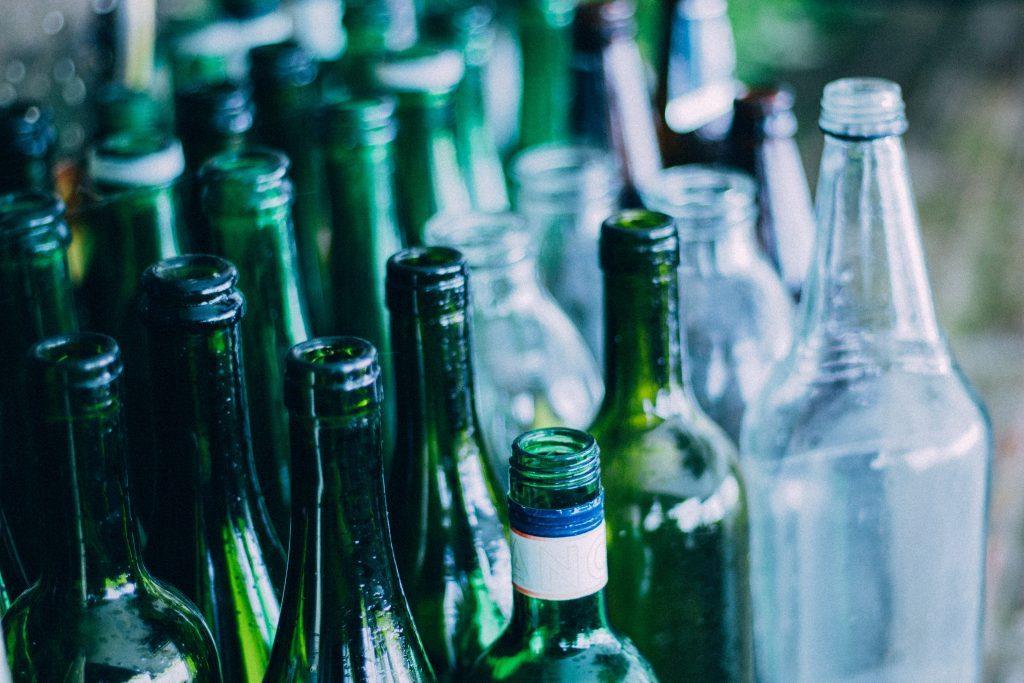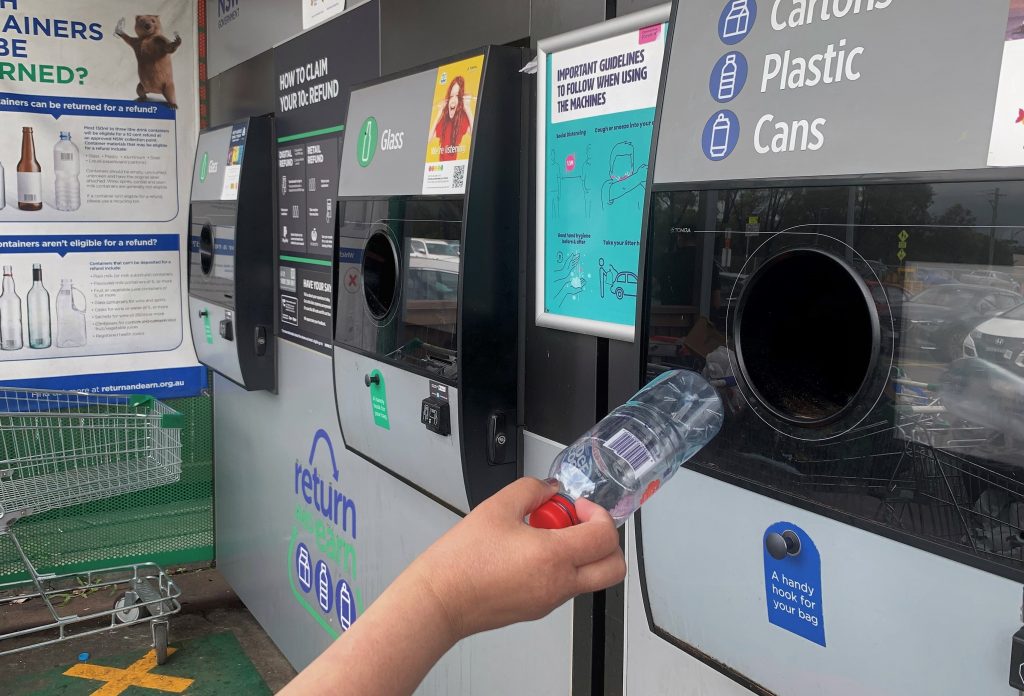Container deposit schemes encourage us to recycle. They work by collecting drink containers and giving refunds per item returned. So far, these schemes have been successful in Australia. In 2017, New South Wales started the Return and Earn program as the state’s container deposit scheme. It collected over 3.1 billion packaging containers in its first two years (Return and Earn, 2019). Over $154 million was paid out, with the rest donated to charity and other good causes. As a result, NSW recorded container litter dropped by 52% in 2020 (EPA, 2021).
The term “packaging” refers to anything that covers goods for transport, sales, and storage. Indeed we have all come across some sort of packaging including food items, electronics, and clothing. Australia used around 5.5 million tonnes of packaging between 2018 and 2019 (Pickin, et al., 2020). Unfortunately, less than 50% is recycled despite 89% of the packaging we use being fully recyclable. The remainder mostly ends up as litter or in landfill. This is due to new rules that forbid them from overseas exportation (APCO, 2020).
Thankfully, we are currently producing sustainable packaging and companies are taking action to reach Goal 12 of the UN’s Sustainable Development Goals, which aims for “Responsible Consumption and Production”.
Plastics, metals (such as aluminium), paper (like cardboard), and glass are common packaging materials. In this blog, we will cover plastic, metal, and glass packaging in more detail. These materials are generally more involved in container deposit schemes than cardboard. Let this guide teach you how to dispose of these items correctly for the purposes of saving the planet.
PLASTIC

There are seven different plastics used for packaging. They are categorized using numbers one to seven. In order, they represent PET, HDPE, PVC, LDPE, PP, PS, and “other plastics”.
The three most abundant types of plastic packaging accepted in container deposit schemes include the high-density polyethene (HDPE), the low-density polyethene (LDPE), and the polyethene terephthalate (PET).
In 2015, Australians spent around $2 billion on bottled water alone (Han, 2016). Yet, we can save money by using a reusable bottle filled with tap water. Even so, plastic bottles can be deposited at a drop-off point for recycling! So make sure to look out for the 10-cent refund symbol on the label. You can check the different state container deposit schemes in the list further down in the article.
Also, did you know that most kerbside recycling bins can take HDPE plastics? This takes the form of milk bottles, soap containers, and shampoo bottles to name a few. Today, we are recycling around half of our HDPE materials with the hope to increase this amount. But, it is still best to check with your local council if they accept HDPE to avoid contaminating a recycling stream.
REDcycle collects and recycles all soft plastics (mostly LDPE). For example, accepted items are plastic wraps, cereal bags, and food bags. You can find your nearest drop-off point here but please remember that not all councils can recycle soft plastics!
ALUMINIUM

Another packaging material is aluminium – used mainly for soft drinks and tin cans. Above all, aluminium is 100% recyclable. The metal does not lose its strength each time it is reprocessed. Recycling aluminium actually uses 95% less energy than producing the metal from raw ores (Hulamin, n.d.).
Annually, Australia uses around three billion tonnes of aluminium. However, only two-thirds of these cans are recycled (Suez, n.d.). That is still one billion tonnes of cans going to landfills as well as $15-20 million of potential loss for the economy (Logan, n.d.).
Kerbside recycling bins can take aluminium drink cans, tin cans, and sometimes crushed foil (remember to keep it as clean as possible). These drink cans can also be recycled under the container deposit scheme for a 10-cent refund. See the list below for locations.
GLASS

Similarly, recycling glass does not decrease its quality. As a result, glass can go through continuous reprocessing. According to Veolia, recycling glass can use up to 70% less of the energy used to produce the product out of new materials. Conversely, it takes almost one million years to break down in landfills (Veolia, n.d.).
In Australia, people have used 1.1 megatonnes of glass from 2016 to 2017 (Pickin et al., 2018). Yet, the National Waste Report stated that only 57% of glass was recycled in 2018 (Pickin et al., 2018). While the use of this material is being reduced on the market, we can still do our part to stop this resource from going to waste.
For this reason, our local yellow bin accepts glass. Glass bottles can also be recycled under the container deposit scheme for a 10-cent refund. Check the list below for your nearest site.
WHERE CAN I FIND A CONTAINER DEPOSIT SCHEME NEAR ME?

So don’t forget that there could be a drop-off point near you! Check the links below for the nearest location in your state.
- Australian Capital Territory
- New South Wales
- Northern Territory
- Queensland
- South Australia
- Tasmania
- No container deposit scheme is available at this time, but is planned to start in 2022. Click here for more details.
- Victoria
- No container deposit scheme is available at this time, but is planned to start in 2022/2023. Click here for more details.
- Western Australia
Final Thoughts
Recycling does not have to be hard. We are always learning and finding new ways to create a sustainable future. Check in with your local council regularly about items and materials accepted for recycling. Ultimately, we need to remember that the more responsibility we take for our actions, the more we can work to create a thrivable future.
Equally important is to consider buying reusable items instead of single-use items. They last longer and are more cost-effective. Secondly, if there is no other option except to buy new, try buying recycled products instead. This leads to a change in the market when there is less demand for brand-new items. Spend the extra dollar on recycled products! This creates a circularity of our resources.
Finally, it’s never too late to make a change! Start by including a zero-waste lifestyle into your New Year’s Resolution. You can also get ideas for sustainable New Year’s Resolutions by checking out our blog here. Lastly, why not start your sustainable journey by joining us at the THRIVE Project? Let’s work on creating a thrivable planet together!























